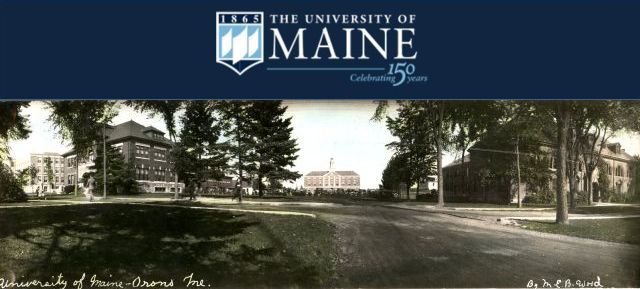
General University of Maine Publications
Document Type
Article
Publication Date
1-7-1999
Abstract/ Summary
At the American Astronomical Society meeting in Austin, Texas, Thursday, January 7, 1999, astronomers David Batuski and Chris Miller of the University of Maine, presented evidence of two relatively rare types of galaxy superclusters in a single colossal complex in the southern part of the constellation Aquarius. The complex consists of two long filaments, one of which is the longest such object yet seen, and a dense knot of clusters.
These findings add significantly to the emerging picture of large-scale structure in the present-day universe and provide some well-defined examples of structure that must be explained by processes in the fireball of the Big Bang. Future analysis of the knot of clusters, when studied in detail with three other similar clumps of clusters, may prove that some vast objects may be collapsing within our otherwise expanding universe.
Repository Citation
Houtman, Nick; Batuski, David; and Miller, Chris, "Dense Galactic Superclusters Add New Structural Details to the Universe" (1999). General University of Maine Publications. 1120.
https://digitalcommons.library.umaine.edu/univ_publications/1120
Version
publisher's version of the published document
Rights and Access Note
This Item is protected by copyright and/or related rights. You are free to use this Item in any way that is permitted by the copyright and related rights legislation that applies to your use. In addition, no permission is required from the rights-holder(s) for non-commercial uses. For other uses, you need to obtain permission from the rights-holder(s). For more information, contact Special Collections.


